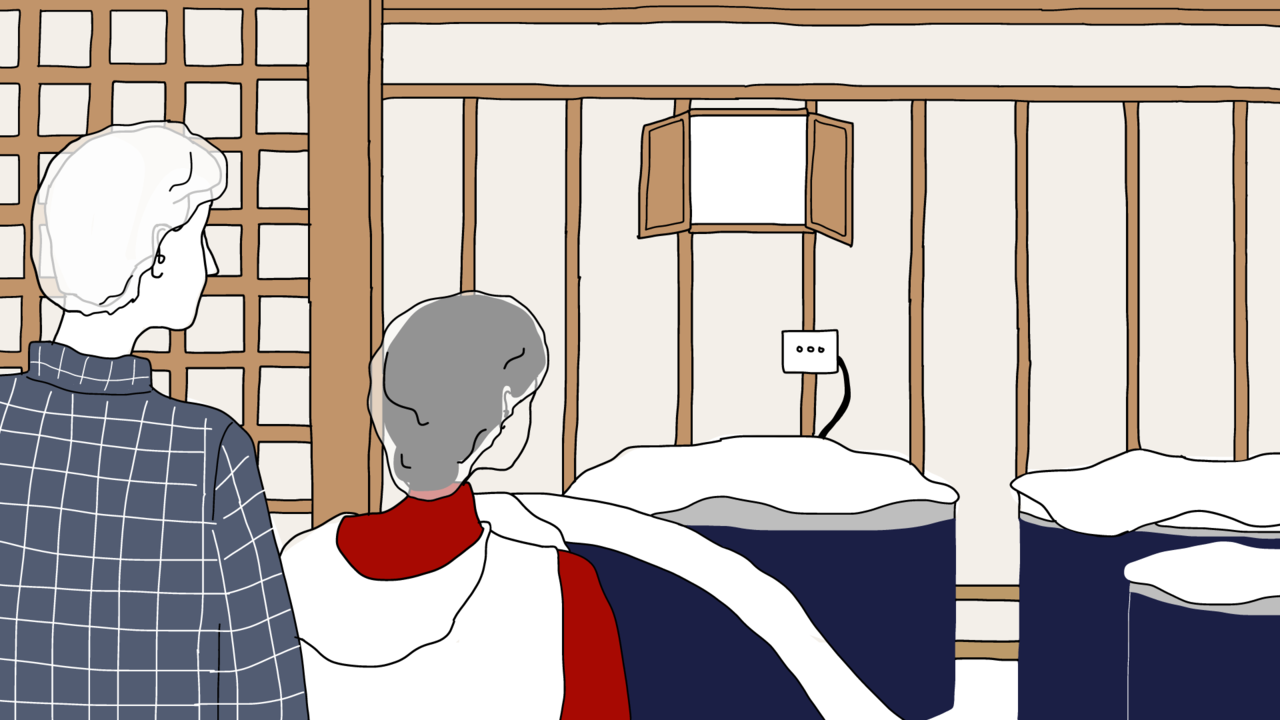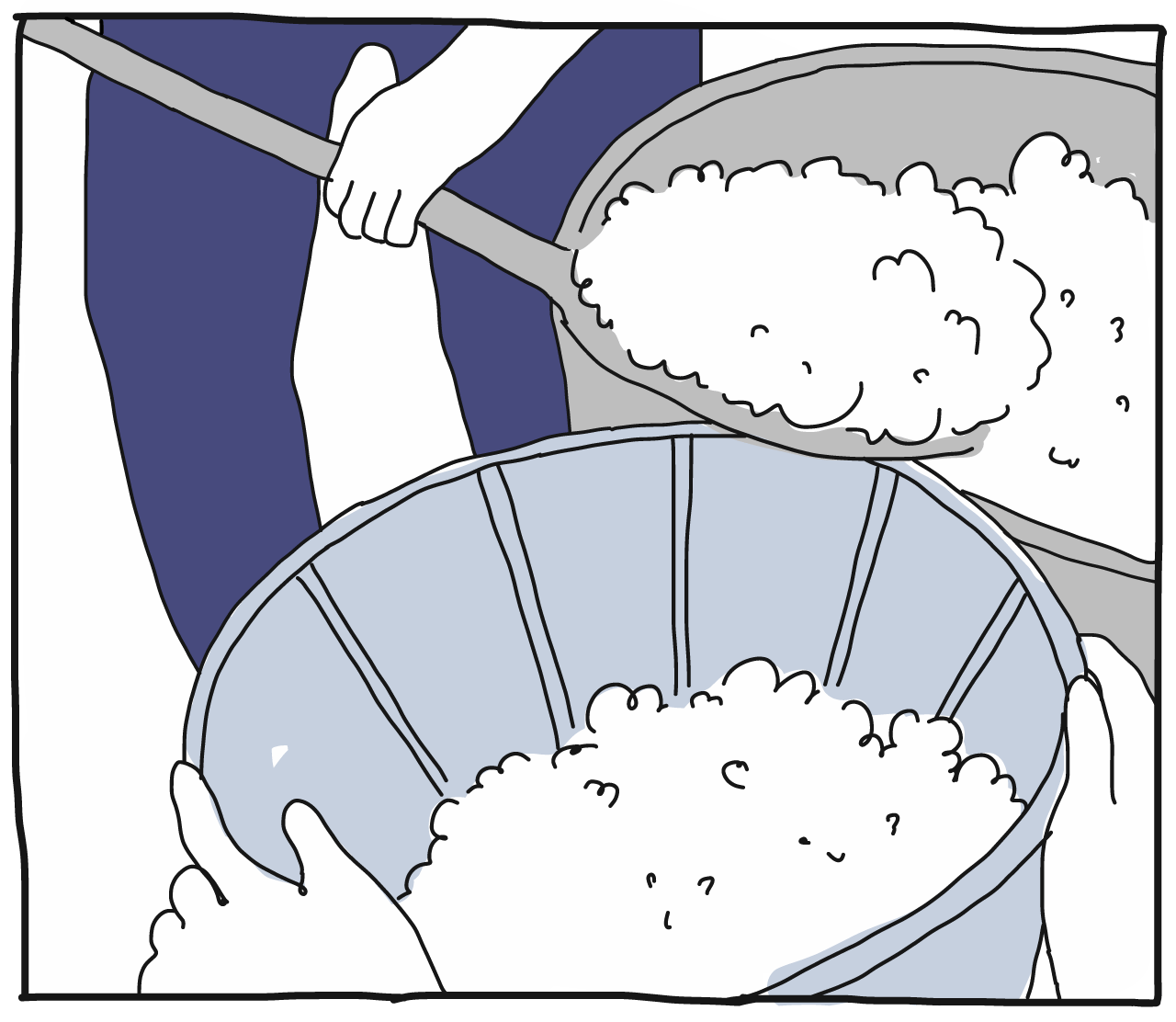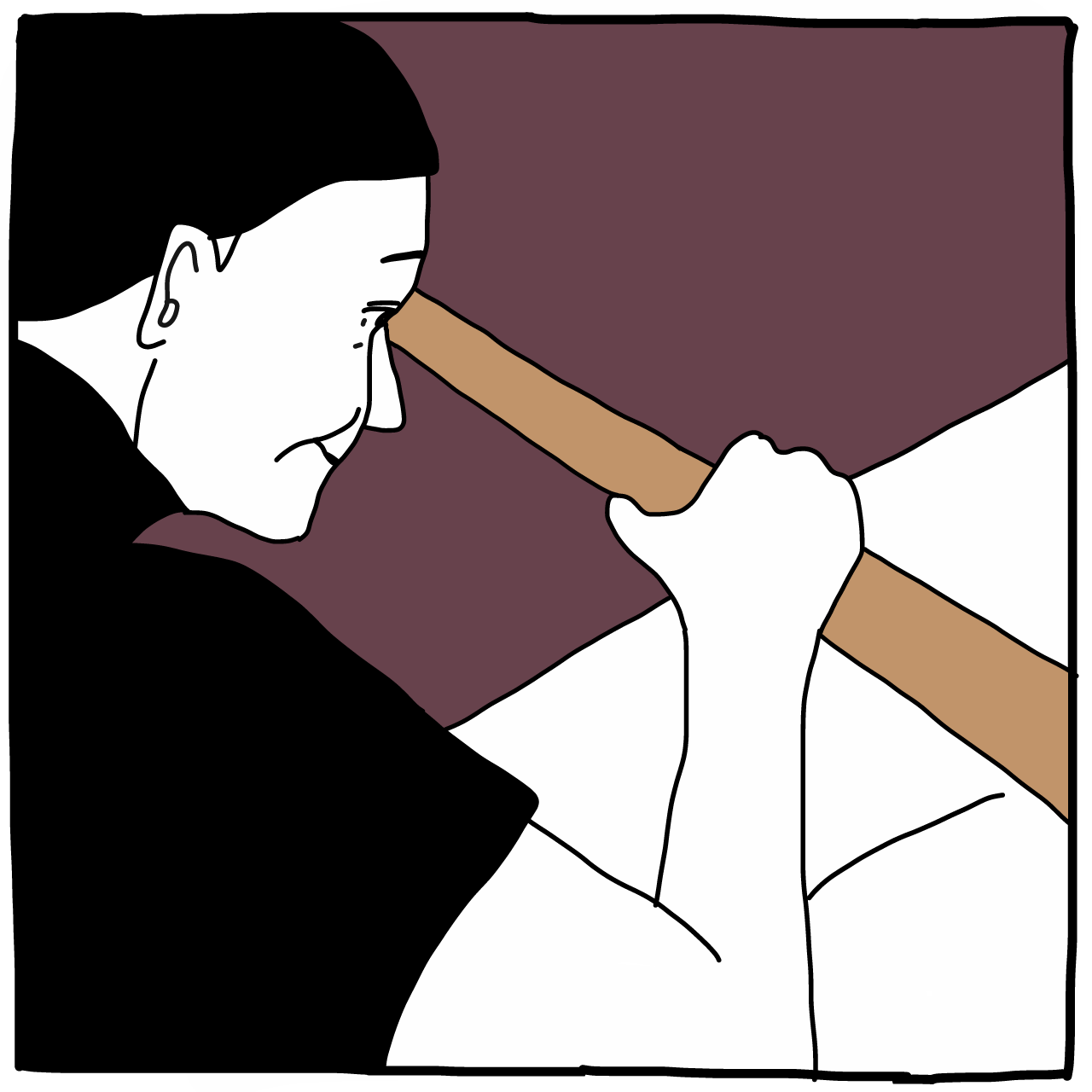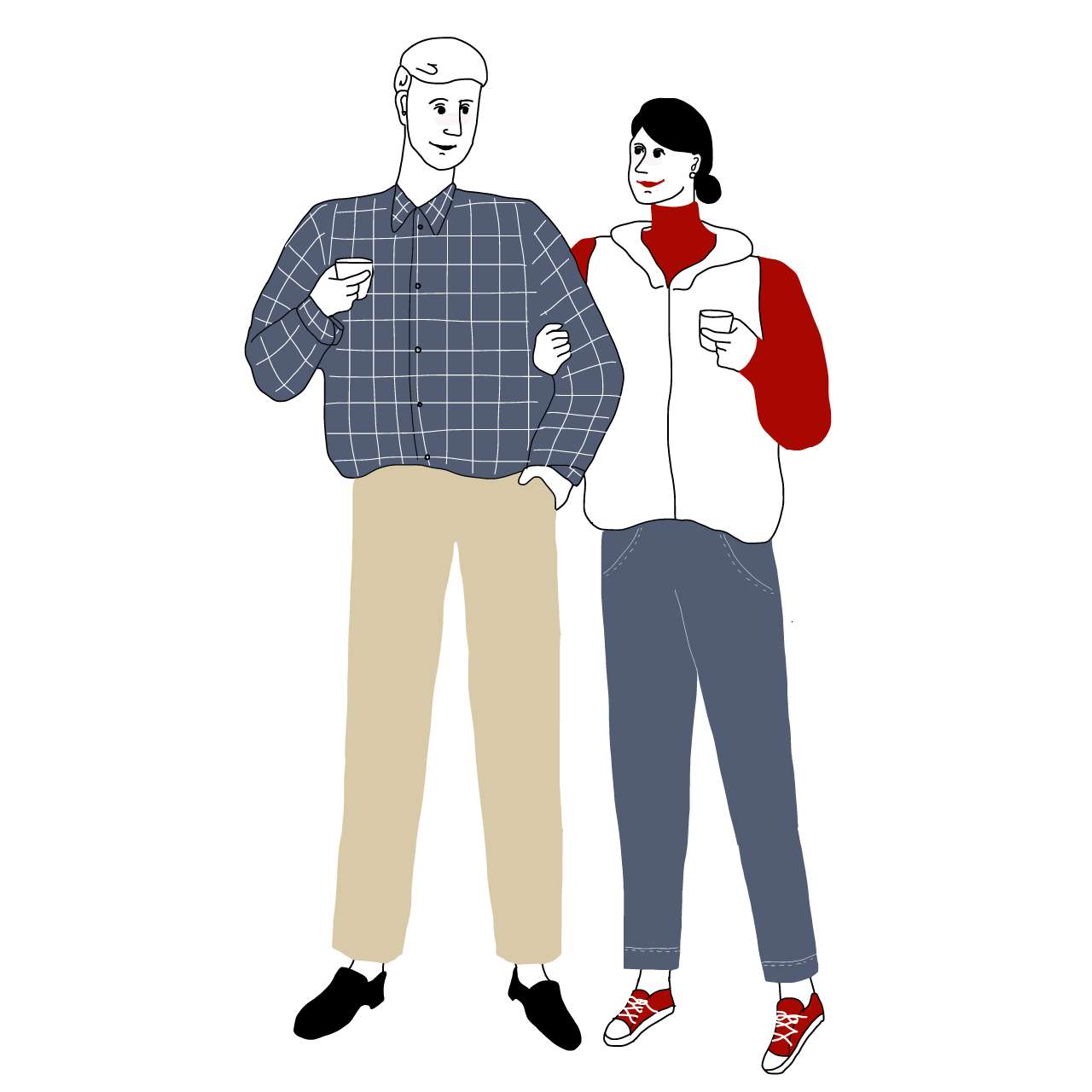
Know Your “Nihonshu”: Touring a Sake Brewery
Guideto Japan
Food and Drink Culture- English
- 日本語
- 简体字
- 繁體字
- Français
- Español
- العربية
- Русский
(Waiting in the conference room of a sake brewery for a tour to begin)
JOE I’ve really been looking forward to this. The weather today couldn’t be better.
KAORI I’ve been looking forward to it, too. I hope you followed my instructions? No oranges and no nattō before the tour?
JOE Well, I never eat nattō, but I did skip the citrus, as you suggested. But what’s the deal with that?
KAORI Well, as you know, sake brewing depends on the action of certain microorganisms—especially kōji mold and sake yeast—and other microorganisms can interfere with them. Nattō is made with a special bacterium that reproduces quickly, and the skin of citrus fruit can harbor mold. So, these are foods that brewery staff are supposed to avoid completely once the brewing process is underway. It’s kind of an unwritten rule for people touring the facilities to avoid them, too.
JOE I get it. We don’t want to contaminate the environment. That’s why I washed up really well today and cut my nails extra short.
KAORI The other thing I suggested was to dress warmly, since it’s cold inside the mashing room. Are you sure you’re going to be okay dressed like that?
JOE Oh, don’t worry, I’ll be fine. You look like you’re going to spend the day in the mountains!
KAORI I thought it’d be best to wear my leisure gear, especially since the footing can be a little treacherous in places. Also, I don’t know if you noticed, but I’m not wearing any makeup. I’ve heard that some brewers are bothered by the smell.
JOE Speaking of smells . . . did you catch that aroma?
KAORI They must be steaming the rice!
JOE Oh, boy, I can’t wait to see.
GUIDE Welcome, everyone! Today’s tour takes you right onto the floor of our brewing facilities, so please stick with me and follow my instructions closely. Stand clear of the equipment, and watch your step, as there are hoses on the floor. I’m going to pass out hair nets now, so as soon as you’ve all covered your hair, we can begin.
At the entrance to the brewing facilities, I’m going to have you remove your shoes and put on the sanitary booties provided. Then please wash your hands, dry them with a paper towel, and spray them with the disinfectant solution.
JOE I understand your concern with hygiene. But then, why not seal the whole area off and create a clean room, the way some food-manufacturing plants do?
GUIDE We can’t work in a sterile environment because we rely on microorganisms for fermentation. That’s why we have to be particularly careful to keep the undesirable microbes out.
Follow me, please.
The sake rice has just finished steaming. We let it cook for an hour in this big steamer, which is called a koshiki.
JOE Whoa, look at all that steam! I can hardly see past it. Are those human beings over there?
KAORI Yes, they’re emptying the rice into tubs with shovels. It’s nice to see all that being done manually. Some breweries mechanize this stage completely.
GUIDE Some of the rice is being taken to the kōji room to make rice kōji. The rest goes into a fermentation tank in the mashing room. We use the same rice for both processes.
JOE Now they’re running off with those bags of rice on their shoulders. Looks like you need to be an athlete in this job.
GUIDE Unfortunately, we can’t allow visitors into the kōji room because it’s such a delicately controlled environment. Instead, we’ll follow the rest of the rice to the mashing room.
JOE Brrr! I should have listened to you, Kaori. It’s like an icebox in here.
KAORI What did I tell you? Here, I bought some disposable hand warmers.
GUIDE We keep the entire mashing room at a steady 5 degrees Celsius to control the speed of fermentation. A low temperature means slow fermentation, which is what we’re after.
KAORI It must be kind of hard on the employees. But they look happy enough.
JOE That’s because they take pride in their work. I love the way it smells in here. Almost like bananas . . .
GUIDE That’s the smell of the moromi [mash] fermenting. Different strains of yeast produce different aromas.
JOE (To Kaori) I’d love to get a closer look inside one of those tanks. Do you think I could just scoot up that ladder and take a peek inside?
KAORI Don’t even think about it, Joe! The guide said to keep clear of the equipment. Besides, those tanks are full of carbon dioxide gas. You could get woozy and fall!
GUIDE When fermentation is more or less complete, the moromi goes into this press, which removes the solids, or kasu. What you see coming out is freshly pressed, undiluted nihonshu.
JOE Look how it sparkles! Can we taste it?
GUIDE I’m afraid for legal reasons we don’t allow visitors to taste sake straight out of the press. But we have some newly bottled sake that was pressed just yesterday, and you’re more than welcome to try it at our restaurant next door.
Thank you all so much for coming today.
(At the brewery restaurant)
JOE This new sake tastes so fresh! It has a hint of effervescence, too, which I love. Kaori, this has been a terrific experience. Educational and fun, too.
KAORI I was so encouraged to see all those energetic young people working at a sake brewery. It gives one hope for the future.
JOE You know, Kaori, I been mulling the idea of taking a job at a sake brewery myself, to learn something about the craft first-hand. I was even thinking I might start up a brewery back home someday. Now I’m really inspired to give it a go.
KAORI What a wonderful ambition!
JOE I think I might just be able to pull it off—with your help, that is.
KAORI With my help . . . ?
JOE You’re already my sake guru and my main drinking buddy. Would you consider being my steady girlfriend as well?
KAORI Joe, I thought you’d never ask!
JOE Kanpai!
KAORI Kanpai!
About Sake Brewery Tours
Although some facilities offer tours year-round, the best time to observe the sake-brewing process is between November and March. Be aware that not all sake breweries are open to the public. Check individual brewery websites for hours and tour information, and be sure to make reservations, if necessary, before you go. (Needless to say, brewery visitors are expected to conduct themselves in an orderly and appropriate manner.)
(Originally published in Japanese on November 8, 2018. Banner and illustration by moeko)
- “Nihonshu” Now : Behind the Global Sake Renaissance
- Know Your “Nihonshu”: Understanding Sake Brewing
- Know Your “Nihonshu”: Types of Sake and Their Characteristics
- Know Your “Nihonshu”: Sake Tasting Demystified
- “Nihonshu” Now: Yamagata and the Sake Renaissance
- Know Your “Nihonshu”: Sake Wisdom for Guilt-Free Drinking
- “Nihonshu” Now: Japanese Brewery Senkin Rewrites the Sake Rulebook
- Know Your “Nihonshu”: The Many Faces of Sparkling Sake
- “Nihonshu” Now: Adventures in Creative Sake Pairing
- Know Your “Nihonshu”: How Serving Temperature Affects Flavor
- “Nihonshu” Now: How the Maker of Jikon Turned Mold Into Gold
- Know Your “Nihonshu: Drinking and Serving Vessels
- “Nihonshu” Now: “Jizake” Boutiques Make Sake Shopping Fun
- Know Your “Nihonshu: Let’s Go Sake Shopping
- “Nihonshu” Now: The Source of Kikuyoi’s Quality Runs Deep
- Know Your “Nihonshu: Savoring Sake’s Regional Riches
- Nihonshu” Now: Old School Label Shichihon-yari, a Sake Lover’s Sake


